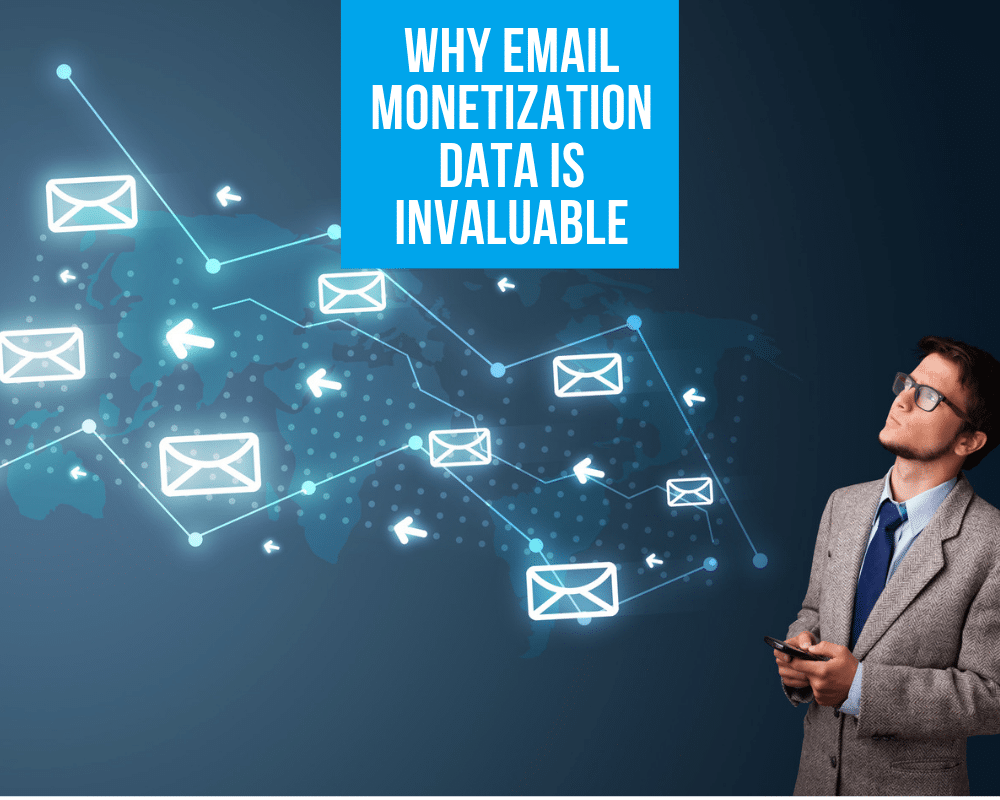You can’t monetize without data, and how you get that data matters immensely. If you’re like most publishers — your competitors included — you’ve probably been relying on traditional targeting methods to gain an understanding of who your audience is. Cookies are popular because they’re relatively easy to implement and you get so much information in return, but is the data you’re gleaning from web- and device-based targeting delivering the ROI your brand deserves?
Email monetization is simpler, is more straightforward and provides five pieces of invaluable data you won’t find using alternative approaches.
1. Demographics
Demographic data is the meat and potatoes of every buyer persona. This is how you draw an outline of your subscriber, learning who they are in vivid detail.
- Name
- Location
- Age
- Profession
- Income
- Education
- Marital status
- Household makeup/size
- Usage patterns
- Interests/hobbies
All of this can be sourced from your current list of subscribers, but you can also tailor your initial email capture or subscription form to include whatever fields you like. It’s an endless opportunity for personalization; the more you learn about your audience, the more you can customize your emails and the greater the potential for sky-high ROI.
2. Content Views
Content is king, but only if the content you’re creating and sharing means something to your audience. Perhaps the biggest mistake brands make is generating blogs, emails and social posts that serve the brand rather than the customer. Relevancy is crucial. Though ideation and topic decisions happen way before you’re sharing links via email, continuously monitoring which emails generate engagement and which blogs or other forms of content garner a response will help you further hone your content strategy and build an even more impressive following.
3. Past Click Behavior
Demographic data is all about who your audience is. Behavioral data helps predict how your audience will make decisions in the future, influencing how you set up your sales funnel and impact the buyer journey. Past click behavior seems rooted in what’s already happened, but really, it’s about intent.
Imagine you’re an outdoors company with an email subscriber who has opened five emails in the past month out of 15 sent. Two were about holiday promotions, while the other three focused on fishing gear. It’s fair to extrapolate three things from that data set:
- Your customer is relatively engaged, with an impressive 33 percent open rate.
- He or she is motivated by discount opportunities.
- There’s a specific interest in fishing.
Now you’ve got a more detailed picture of this subscriber’s why — why they are interested in certain things, why they are following your brand and why they could be persuaded to make a purchase sooner rather than later.
4. Email Opens
Who’s opening your email and who isn’t? Knowing whether your messages are hitting a live customer or being relegated to the spam bin (or simply left unread) helps you understand several things:
- Which subscribers are truly engaged
- Which subject lines strike a chord and inspire an open
- How changes in content and targeting affect open rate
Experian’s 2016 benchmark report showed that the average email open rate across all industries was about 25 percent, meaning one in four subscribers read a brand’s email. Some industries and publishers have higher rates (arts and artists, for instance), and some are lower (vitamin supplements), but knowing what to shoot for can help you tweak your campaigns and goal set.
Chart your open rates and look for patterns. You’ll soon be able to see which topics fare well and which fall flat, as well as what time of day you should be pressing send.
5. Click-Through Rates (CTR)
An email click-through rate is the percentage of subscribers who take action by clicking on an image or link within an email. This click-through is an important step in the buyer journey — after all, if no one takes the leap to your site, blog, e-commerce store or landing page, no one can make an actual purchase. This is a huge metric that reflects a deeper sense of user engagement. While open rates show initial interest, click-through rates are a better indication of commitment and interest.
Think of it like online dating. Someone may flick by your profile in the search results, but unless they click on your name to get to the expanded profile or (fingers crossed) opt to send a message, it’s safe to assume they’re not really that into you. Email click-through rates may be just as anxiety-inducing as blind dating, too; the average CTR for email across all industries is just 3.42 percent.
Boosting CTRs requires a healthy open rate, plus captivating copy and a compelling call to action (CTA). Really, your click-through rate is a source of information and a cumulative look at the status of all the bits of data listed above.
Can you theoretically access similar data using web-based or device-based targeting? Sure, but you run the risk of amassing convoluted data representing multiple users sharing a computer or tablet. Email is the simplest, most focused way to build an accurate picture of your buyer without muddying the waters. Best of all, all this information can be used on any of your other channels to make everything from payment processing to landing pages infinitely more powerful.
For more information on how to monetize your website, email, desktop push notifications, or more, get in touch with us today.

